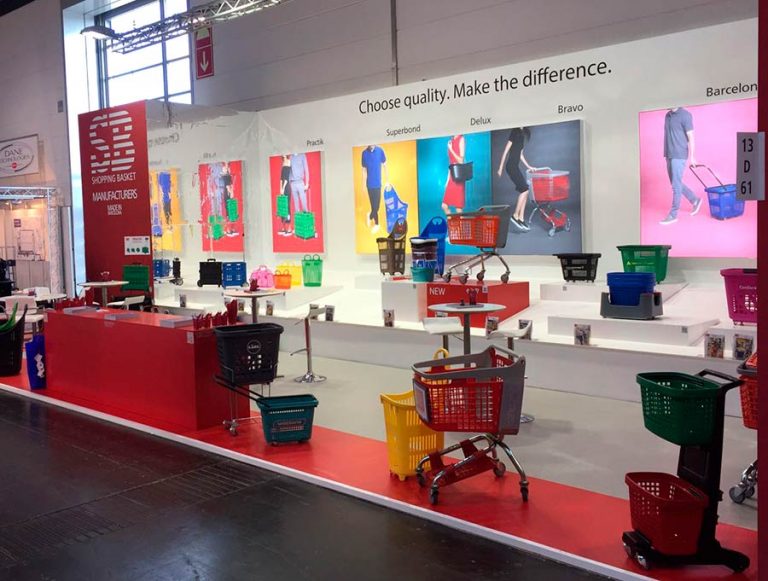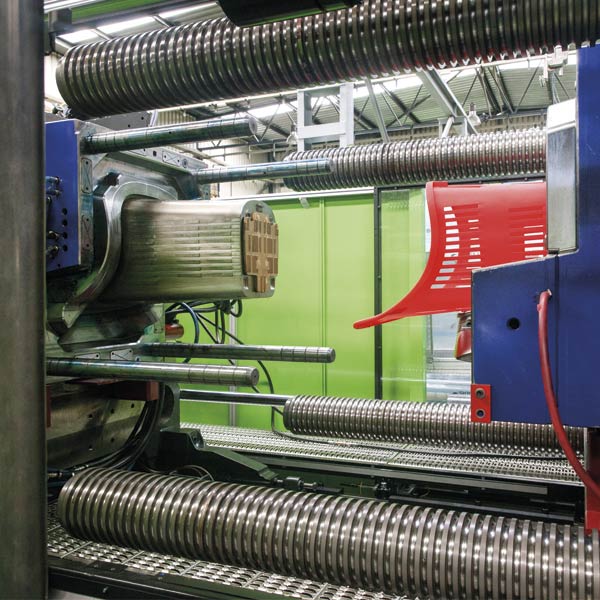Takt time indicates the rate at which a company has to produce a certain product to satisfy demand. This concept, based on the principles of efficiency and productivity, should become an essential part of your business strategy. Among other reasons, it allows you to align creation speed with sales estimates, optimize resource management, and maintain a constant workflow.
What is takt time?
Takt time is a concept used in industry to determine the optimal production speed and, in this way, maintain a continuous work pace. It is based on the relationship between customer demand and the time available to satisfy it. Therefore, it is a very useful tool to avoid operational and economic difficulties.
The term derives from the German word taktzeit, which translates as “cycle time.” The idea comes from the lean production system. This is defined as the time that a manufacturer has to create a unit of product to satisfy the needs of its clientele.

The pace of production acts as an essential factor that helps balance production with market demand. This way, you can avoid two obstacles: over-supply which results in wasted goods, and a lack of resources which could lead to lost sales opportunities and dissatisfaction with your audience. In both cases, there may be operational and financial problems that affect the efficient functioning of the system.
By properly implementing and managing production speed, you will ensure that your customers have a fluid, efficient, and satisfactory purchasing experience.
Why is takt time important?
Its benefits in the work chain are evident and are reflected in several critical areas:
- Increased productivity: Provides a clear and quantifiable objective for the production line. By defining optimal manufacturing regularity, you can increase efficiency and decrease waste, facilitating more precise planning.
- Customer satisfaction: Its proper application allows you to effectively meet what your audience demands. It also makes it possible to identify and resolve possible bottlenecks that may hinder the delivery of products.
- Lead time reduction: This involves reducing the total time that elapses from receiving the purchase order until the product is delivered and collected. Optimizing the manufacturing pace contributes to reducing lead time, which in turn improves performance and encourages a constant and fluid production process, as it eliminates unnecessary waiting times.
Example of an optimal manufacturing frequency
So that you better understand the great relevance of the production rate, we are going to show you a practical example in the context of an automobile assembly line.
The production pattern would be based on the demand for a specific type of car and the time available to manufacture it (for example, 8 hours per shift). The formula to calculate the ideal production interval is simple: divide the available working time between the client’s orders. Thanks to this operation, you will be able to obtain precise data on the required manufacturing speed.
Suppose the result dictates that 1 car can be obtained every 30 minutes. Knowing this information benefits the company in the following aspects:
- A production rate adjusted to 1 car every 30 minutes is maintained, bottlenecks are avoided and waiting times are reduced.
- Surpluses are eliminated and storage costs decrease.
- Improves effectiveness by increasing production with the same resources and labor.
Strategies to optimize your takt time
If you want to optimize your productive rhythm, the following strategies will be of great help:
- Understanding demand: This involves knowing how many products your customers want and when they need them.
- Guarantee adequate resources: You must have the materials, machinery, and personnel necessary to fulfill the orders.
- Adjust manufacturing capacity: If requests exceed your current output, it is imperative to find ways to increase it. This involves balancing the speed of production with the client’s requirements.
- Improve the production process: You can achieve this by eliminating waste and optimizing systems.
- Monitor and adjust: Since requests can vary, the productive interval must be reviewed and adjusted as necessary.
- Finally, do not forget that optimizing processes requires an attitude of continuous improvement. In this sense, correct cycle time management improves customer satisfaction and strengthens the market position.

Finally, do not forget that optimizing processes requires an attitude of continuous improvement. In this sense, correct cycle time management improves customer satisfaction and strengthens the market position.
Don’t wait any longer to take control of your production, reduce costs, and exceed your customers’ expectations. Implement takt time today and start seeing tangible results in your business.

 Sign up for our newsletter and be the first to receive our articles!
Sign up for our newsletter and be the first to receive our articles!



























